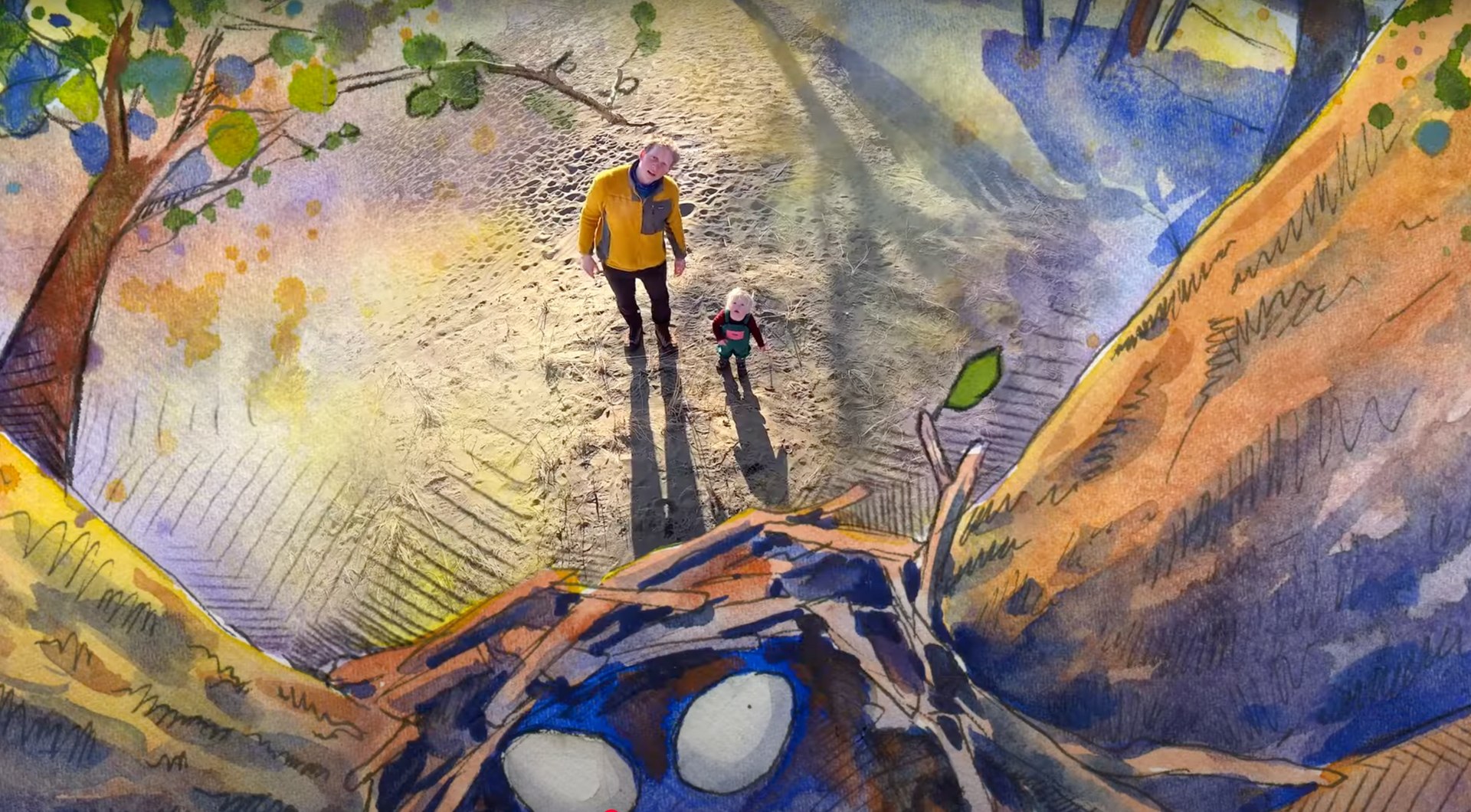

More KEEN, more savings – up to 25%! Click for details.
Buy 2 Pairs, Get 20% Off. Use code BUY2-SAV20 at checkout.
Buy 3+ Pairs, Get 25% Off. Use code BUY3-SAV25 at checkout.
Savings end 10/31/2025. Valid on footwear only.
Excludes Seek, Roam and all collaborations. Shop Now
Free shipping on $125+ orders

